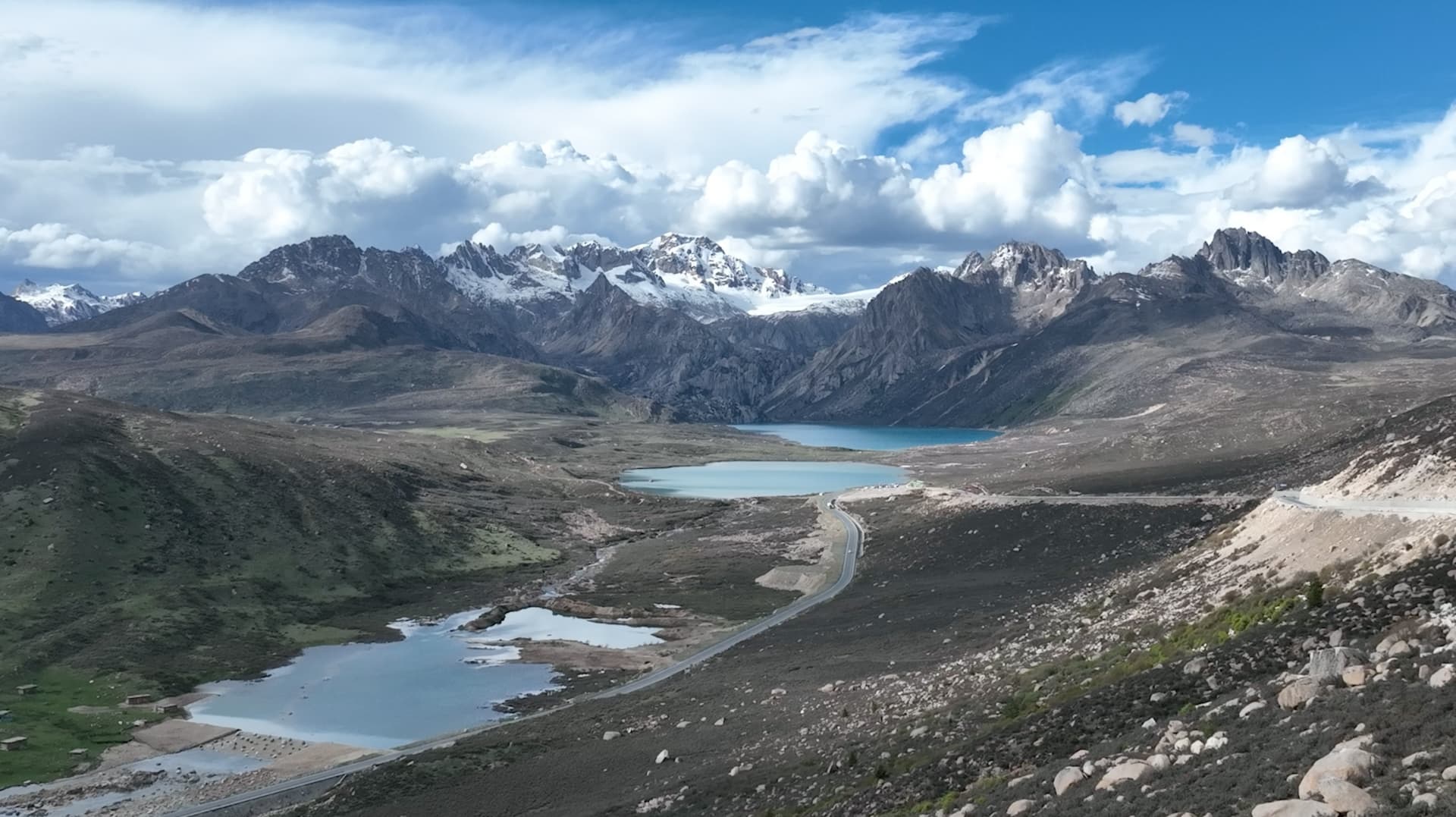How durable are GEOTUBE units in engineering projects?


Geomembranes are extensively used in the mining industry for lining tailings, heap leach pads, mine solution, and evaporation ponds. Among polymeric geomembranes, HDPE and LLDPE are the most widely used for mining containment due to their high chemical resistance, ease of installation, and cost-effectiveness. However, process wastewaters and leachates with strongly alkaline or acidic pH, along with elevated temperatures, pose significant challenges to the long-term performance of geomembranes (Hornsey W.P. et al., 2009). Therefore, selecting the "ideal" geomembrane liner, especially for challenging mining applications, is more complex than for conventional applications.
Selecting the most suitable geomembrane liner for mining containment requires careful evaluation of several critical factors to ensure its effectiveness and durability throughout its service life. These include:
For mining facilities subjected to moderate to high loads (greater than 300 kPa), HDPE and LLDPE geomembranes are commonly used due to their proven performance in the field (Lupo, J.H. et al., 2007). LLDPE and HDPE generally offer better elongation and strength properties compared to other geomembrane types. HDPE, with greater chemical and UV resistance, is typically preferred unless specific conditions favor LLDPE.
Geomembrane liner configurations for heap leach pads usually consist of single composite or, less commonly, double composite systems with a leakage collection layer. Single composite systems include a geomembrane liner placed on compacted soil, used in areas with low hydraulic head (typically less than 1 m). Geomembrane thicknesses between 1.5 mm and 2.5 mm are most used as primary barriers. Experience from high-load mining projects shows that geomembrane performance depends on liner thickness, geomembrane type, materials above and below the liner, and foundation settlement (Fourie, A. et al., 2010). Lupo and Morrison (2007) developed a design matrix that provides guidelines for geomembrane selection based on applied load and site-specific conditions. However, specific testing is needed to ensure optimal performance.
Mining liquors often contain aggressive chemicals, such as sulfuric acid for copper and nickel extraction or highly saline brine from coal seam gas operations, which can degrade the antioxidant properties of geomembranes. Proper assessment is crucial to ensure compatibility between the geomembrane and the mining liquor, which can be evaluated through performance-based testing under specific chemical and thermal conditions.
The maximum recommended temperature for standard HDPE geomembranes is 60°C. While HDPE geomembranes that meet the GRI-GM13 specification are suitable for mining applications, higher performance geomembranes are needed for applications requiring extended service life, which can be confirmed through immersion testing. Elevated temperatures can accelerate oxidation, weakening polymer chains and potentially causing failure. In cases like brine evaporation ponds where temperatures exceed 60°C, alternative high-temperature-resistant geomembranes (e.g., GSE HDH) may be necessary.
Solar irradiation can significantly reduce the lifespan of geomembranes, with prolonged UV exposure leading to material degradation. Applications like evaporation ponds expose geomembranes to direct sunlight throughout their service life. Selecting a UV-stabilized geomembrane from a reputable manufacturer and considering thicker geomembrane options can enhance durability over the design life.
In the mining industry, geomembranes are used for containing naturally occurring radioactive materials (NORMs) of low-level radioactivity (LLW), such as uranium and thorium, or for LLW waste disposal. Studies show that HDPE geomembranes can provide satisfactory service life for several centuries when exposed to LLW leachate, though they may experience a slightly faster antioxidant depletion (Tian, K., et al., 2017). A thorough analysis of degradation mechanisms, including temperature effects, is essential.
When selecting a suitable geomembrane for a specific application, engineers must consider the nature of the retained material, including its chemistry and temperature, as well as the surrounding environment. The service life of a geomembrane depends on its compatibility with chemical and thermal conditions, which can be assessed through performance-based testing. Engineers can evaluate relative performance by testing geomembranes immersed in specific liquids at various temperatures (e.g., 75°C, 60°C, 40°C, and 20°C). Samples are placed in controlled conditions to investigate chemical resistance, and after the specified immersion period, they are tested for changes in mechanical and durability properties (e.g., OIT, HP-OIT, stress cracking). The immersion period can range from 30 to 150 days. Abdelaal F.B. et al. (2023) demonstrated that immersion testing can reveal degradation issues that standard tests might miss, highlighting the need for tailored material specifications and thorough testing protocols.
In conclusion, selecting a suitable geomembrane for mining containment involves a comprehensive assessment of factors such as stress conditions, regulatory standards, chemical compatibility, temperature extremes, and potential radioactivity. In addition, incorporating chemical immersion testing can provide deeper insights into long-term performance, helping engineers to better predict the compatibility and projected service-life of the selected geomembrane in challenging mining environments. Careful consideration of these elements is crucial for optimizing geomembrane performance and ensuring successful mining operations.
Abdelaal, F.B., Rowe, K.R., Morsy, M.S., Silva, R.A., 2023. Degradation of HDPE, LLDPE and Blended Polyethylene Geomembranes in Extremely Low and High pH Mining Solutions at 85oC. Geotextiles & Geomembranes 51 (2023), pp27-38.
Hornsey, W.K., Scheirs, J., Gates, W. P., Bouzza, A., 2009. The Impact of Mining Solutions/Liquors on Geosynthetics. Geotextiles & Geomembranes 28 (2010), pp191-198.
Fourie, A.B., Bouazza, A., Lupo, J., Abrao, P., 2010. Improving the performance of mining infrastructure through the judicious use of geosynthetics. 9th ICG, Guaruja, Brazil ( 2010), pp193-219
Tian, K., Tinjum, J.M., Benson, C.H., Edil, T.B., 2017. Antioxidant Depletion and Service Life Prediction for HDPE Geomembrane Exposed to Low-Level Radioactive Waste Leachate. Journal of Geotechnical and Geoenvironmental Engineering, Volume 143(6): 04017011.